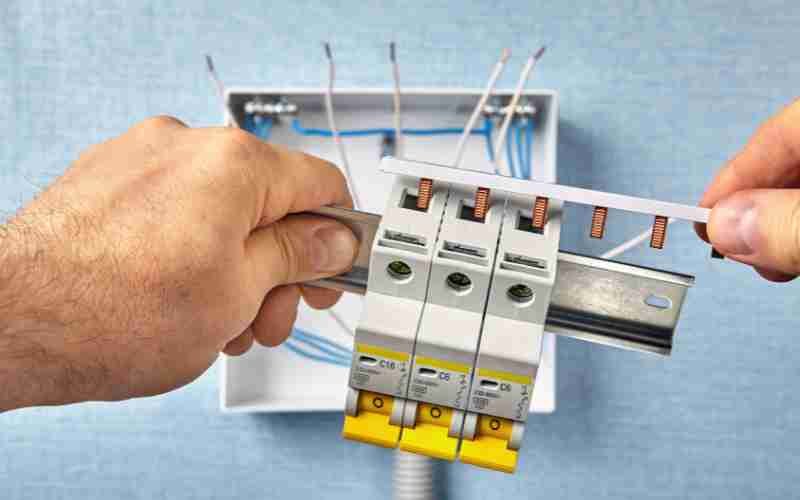Fuse boxes, also called consumer units, are the appliances that control and distribute electricity in your home.
It is important to know where the consumer unit is located, both for your safety and for that of your family. An emergency will rely on that information! In addition, you should know how to turn the system on and off. See energynorth.uk for more information.
Typical Components of Consumer Units
Here’s what we see inside. If you open the cover, you’ll see this inside.
Main switch
You can control the electrical supply in your home by turning off the main switch.
RCD
Upon finding a fault, the RCD shuts the power off immediately. In order to prevent you from getting an electric shock and dying, these life-saving devices are present. These devices monitor the flow of electricity through your home and shut off the power when the flow becomes unsafe.
It is a good idea to test your RCD every six months in order to ensure it’s functioning correctly.
Circuit breakers
Cables and electrical devices are protected from fire by MCBs (Miniature Circuit Breakers). For circuit protection against earth leakage, all MCBs must be paired with a RCD.
RCBO
This device combines functions of both a residual current device and a ground fault circuit interrupter, protecting against both overload and earth leakage in one complete device.
To ensure your consumer unit is operating and protecting you, test the RCBOs every six months.
SPD
The SPD protects against power surges. Surges from outside the property will not damage the electrical installation with this device. Lightning is usually responsible for this.
Power surges from other sources can also cause it. If such surges or strikers enter your fuse board, your home’s electronic devices can be destroyed.
AFDD
A fire caused by an arc fault can be prevented with an AFDD.
Whenever electrical current jumps the gap between two conductive materials due to high currents, we refer to this as an arc fault.
In the future, AFDDs are likely to become mandatory as a second line of protection against domestic fires.
These Are The Two Main Types of Consumer Unit
Consumer units can be categorized into two main types. The main type is the consumer unit with the main switch, and the dual type is the consumer unit with dual RCD.
Unit responsible for operating the main switch
The network is normally protected by RCBOs (MCBs and RCDs together) with each circuit individually protected from overload and earth leakage. The circuits of any individual do not interfere with one another if they have a fault.
Two-channel RCD consumer unit
There are three separate elements included in this type, the main switch, two RCDs and a MCB. An RCD protects multiple circuits in this type of consumer unit, and MCBs are also required.
An overview
In our opinion and experience as licensed electricians, RCBO consumer units perform better than dual RCD consumer units. RCBOs are designed to only lose power when there is a problem, so only when there is a problem will the circuit lose power. This offers a better solution from the customer’s perspective.
An electrical installation with a fault will cause power loss only on the faulty circuit, unlike a system with dual RCD protection where power can be lost on both circuits.




